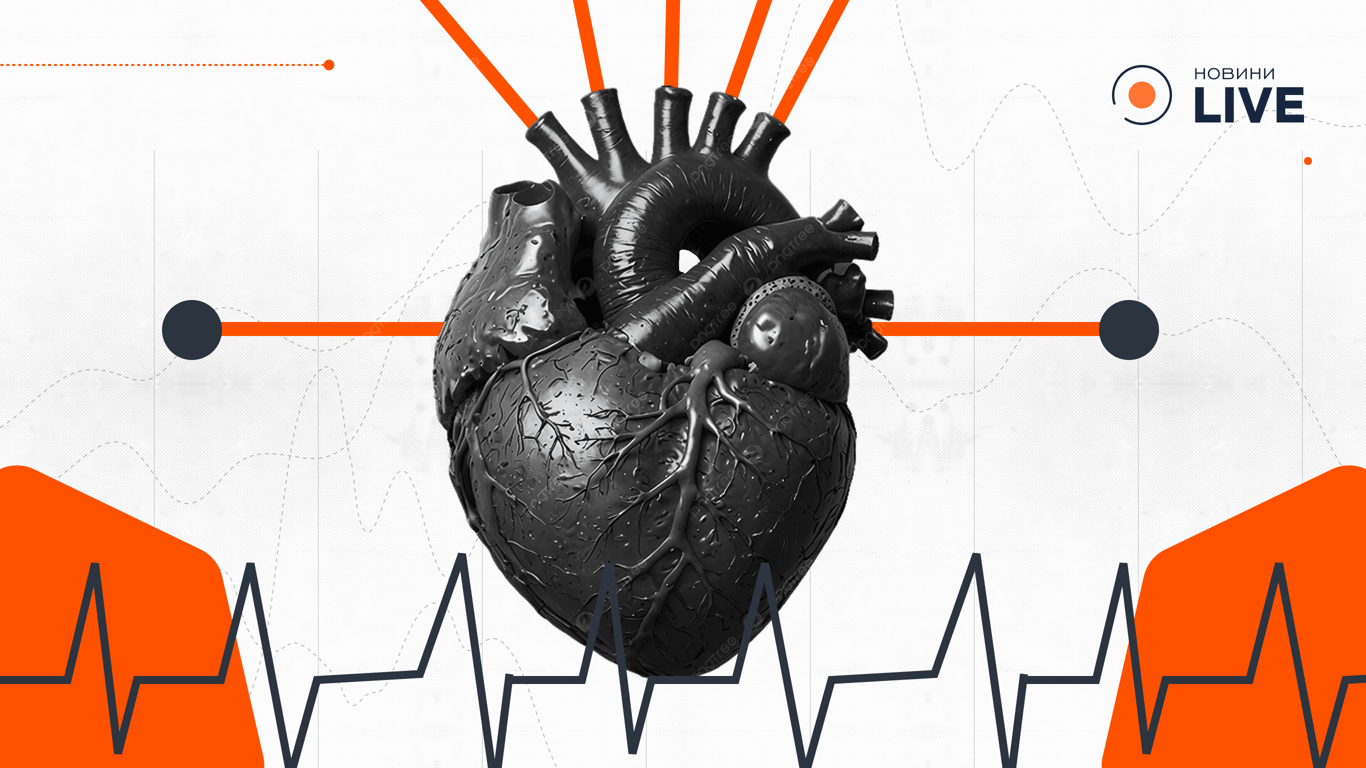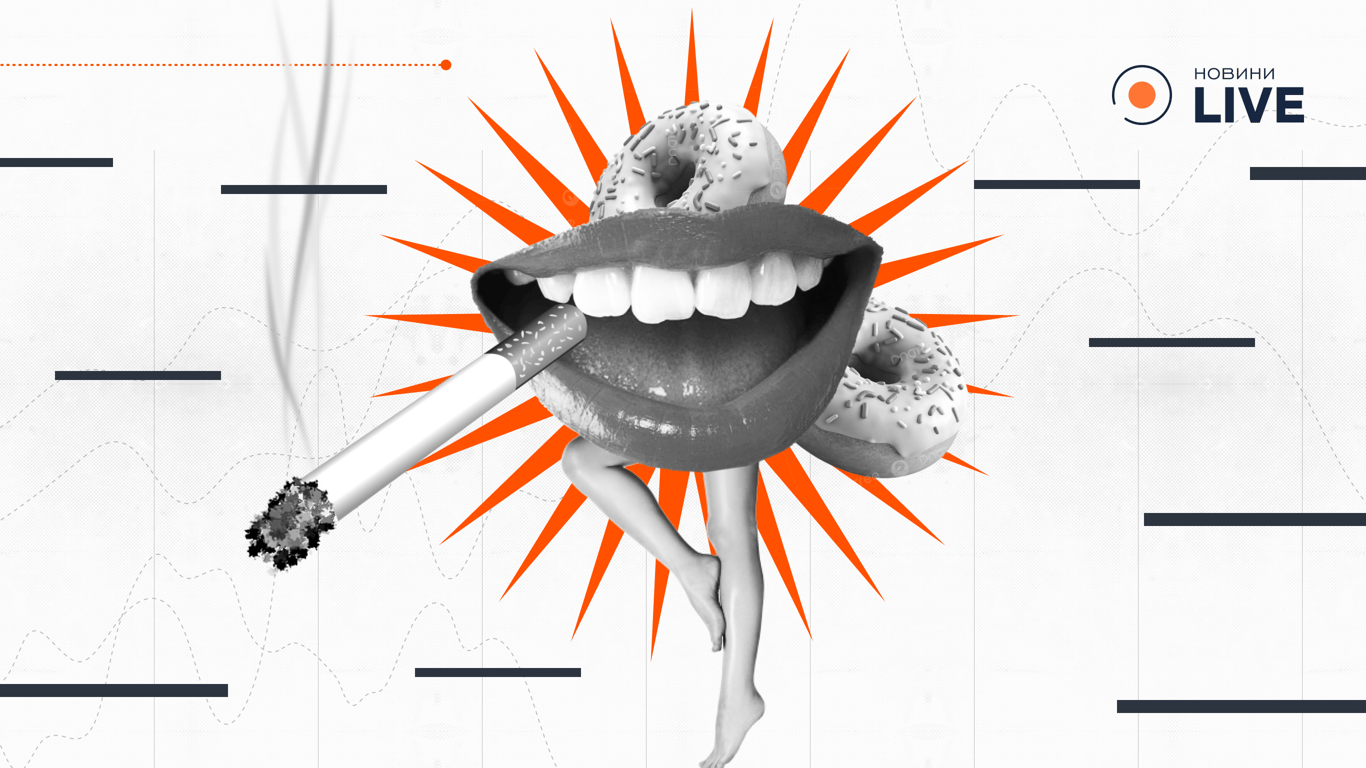The Myth of Healthy Obesity - What Tests Hide.


A 38-year-old woman, with no chronic diseases, a body mass index of 32, normal blood pressure, and test results, who regularly exercises and monitors her glucose and cholesterol levels, is once again questioned about her excess weight in the cardiologist's office.
Excess weight not only psychologically affects aesthetics, it negatively impacts the heart. In obesity, the cardiovascular system operates under challenging conditions, blood volume increases, pressure on the vessels rises, leading to the risk of cardiovascular diseases even with normal indicators of blood pressure, cholesterol, and glucose, according to a 2021 study by the American Heart Association.
The concept of 'metabolically healthy obesity' (MHO) exists in literature, but it is often temporary and can turn into 'unhealthy obesity,' resulting in a higher risk of cardiovascular diseases, as studies suggest. Even people of normal weight can have a high risk due to excess visceral fat, which is a major risk factor.
Body mass index is a rough tool that does not account for the distribution of muscle tissue and fat. The main risk factor is visceral fat, which affects metabolism and inflammation levels in the body, even with a normal BMI.
It is important to maintain a conscious approach to your health, track waist circumference, engage in physical activity, monitor nutrition, undergo regular tests, and collaborate with a doctor. Obesity is not a verdict, but a risk factor that requires attention and timely measures.
Summary: Excess weight, even in the absence of other diseases, can negatively affect the state of the cardiovascular system. The concept of 'healthy obesity' can be temporary, and the risk of complications should always be considered. Adhering to a healthy lifestyle and regular collaboration with a doctor can help avoid negative consequences.Read also
- The NHZSU considers the needs of soldiers — what will change in 'Affordable Medicines'
- I smoke, I worry, I eat sweets — and I still get my tests done on time
- Benefits for doctors - how the state supports medical workers in 2025
- How to Spend Summer Vacation Safely - A Guide from a Pediatrician
- How Dangerous Is Chaotic Sex Life — The Whole Truth About It
- Is there a danger for weather-sensitive individuals — magnetic storm forecast








